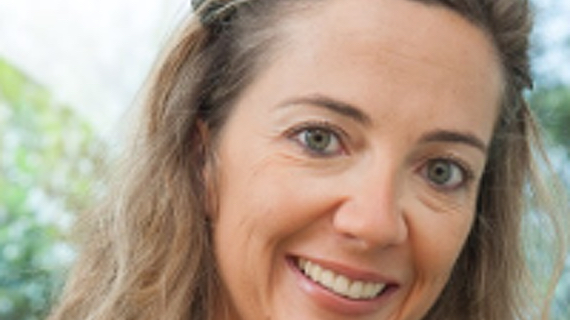Joana Farto
General anesthesia in pediatric dentistry

- Specialist in Pediatric Dentistry by the O.M.D.
- PhD in Medicine by the University of Barcelona
- Master’s Degree in Pediatric Dentistry from the University of Barcelona
- BSc in Dental Medicine ISCS – South
- Member E.A.P.D .; I.A.P.D .; I.A.D.T; S.A.A.D; S.E.O.P. and S.P.O.P.
- Private practice in Pediatric Dentistry and Orthodontics
Nationality: Portugal
Scientific areas: Pediatric dentistry
9 of november, from 11h00 until 11h45
Auditório C
Conference summary
Behavioral management techniques allow the large majority of pediatric patients to receive treatment in the dental office without fear and with the least possible associated discomfort.
Nevertheless, there are some children still at an early age and / or patients with special needs, patients with extensive rehabilitation who presents high rates of anxiety, immaturity, or simply non-cooperating patients who need to be treated under general anesthesia in order to get adequate and safe dental treatment.
General anesthesia is a state of controlled unconsciousness, accompanied by loss of protective reflexes. When anesthetized, the patient is not conscious, can not maintain the airways, nor responds to physical, sonorous or verbal stimuli.
In order to be able to provide quality treatments in an ambulatory operating room environment, the entire team must be trained and routinized for this type of intervention, it is also essential that all necessary equipment and material is available immediately for use by the dentist, anesthesiologist and nurse.
When assessing the pediatric patient for the intervention under general anesthesia it’s mandatory to carefully ponder the number, complexity, duration of the dental procedures and their prognosis.
The treatments should be meticulously planned by the Pediatric Dentist in order to avoid further interventions in the following months / years.
The clinical follow-up of these patients is mandatory to prevent relapse and to avoid compromise of the treatments performed as well as the development of new pathology.